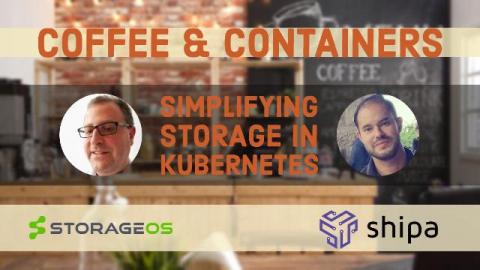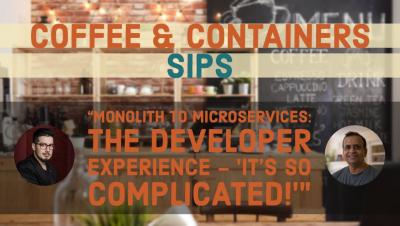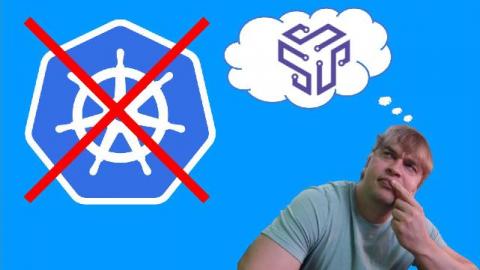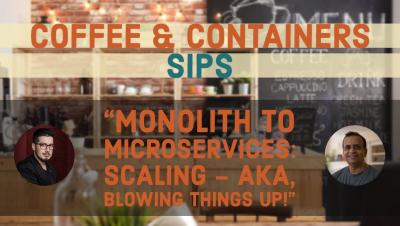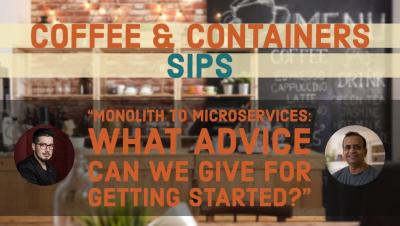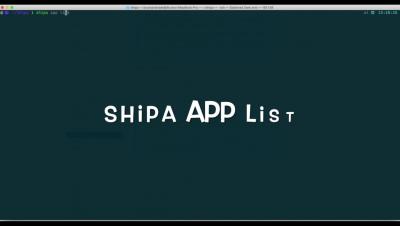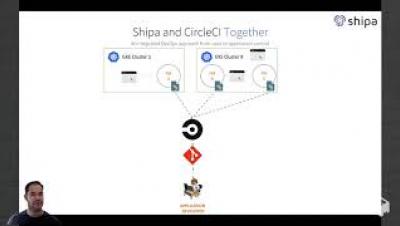Simplifying Storage in Kubernetes
On December 9th, 2020, I had the pleasure of speaking with two great minds on the topic of simplifying storage in Kubernetes. Alex Chircop is the Founder and CEO at StorageOS (https://storageos.com), and Bruno Andrade is the Founder and CEO at Shipa (https://www.shipa.io). The full recording of this discussion is below. Here is a summary of what we discussed: Simplify Deploying and Operating Stateful Applications within Kubernetes


